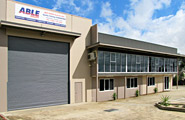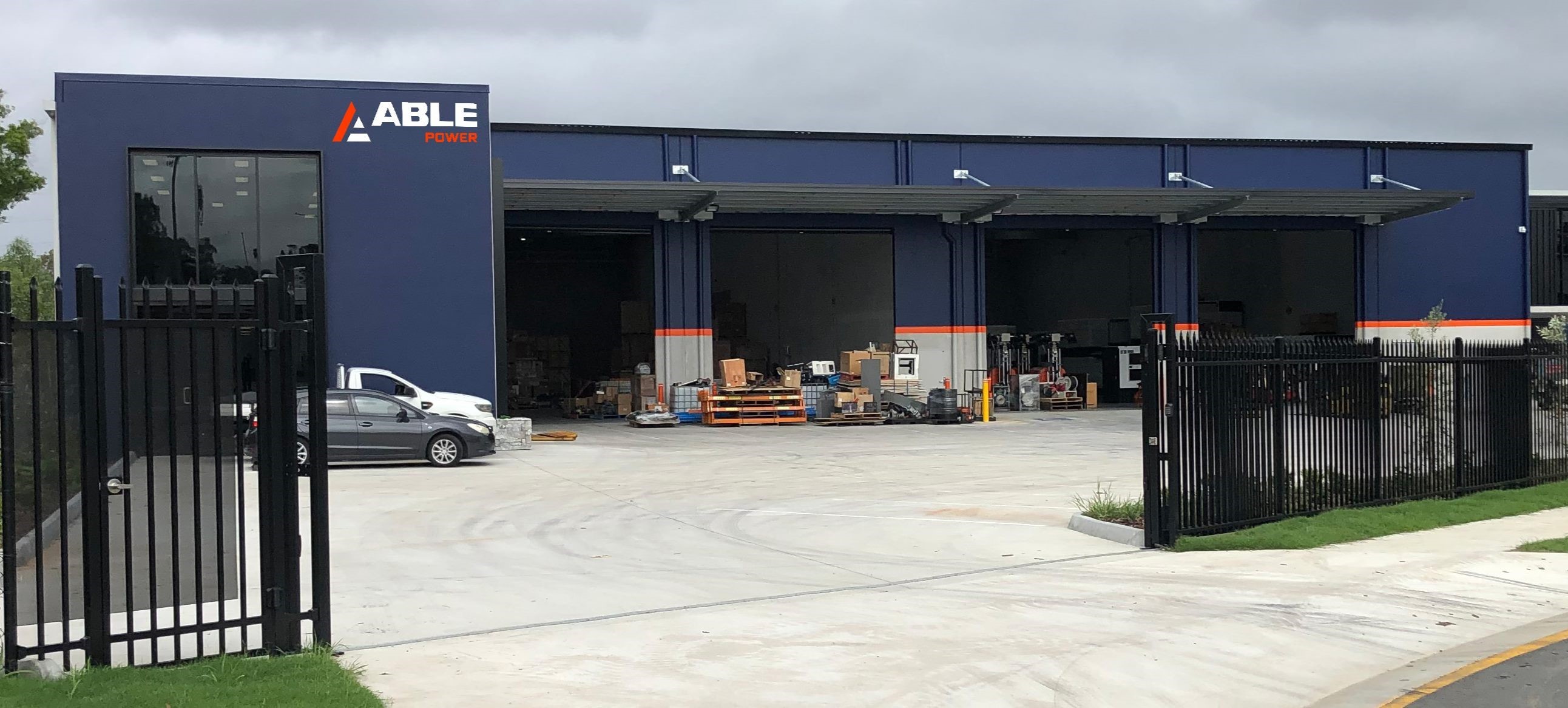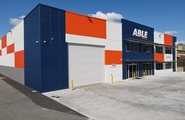Able Sales Locations

ABLE SALES(Melbourne)
Monday-Friday: 8am-5pm
Saturday: closed
Unit 5 / 11 Industrial Avenue,
Thomastown VIC 3074
(03) 9302 3602
LOCAL CALL 1300 735 902

ABLE SALES(Brisbane)
Monday-Friday: 8am-5pm
Saturday: closed
Unit 1 / 8 Prosperity Place,
Park Ridge QLD 4125
(07) 3272 9001
LOCAL CALL 1300 735 840

ABLE SALES(Perth)
Monday-Friday: 8am-5pm
Saturday: 8am-12pm
Unit 3 / 41 Tate Street,
Bentley WA 6102
(08) 9358 2299
LOCAL CALL 1300 793 001
Recent posts
Plate Compactor Buying Guide and Tips
Which plate compactor is best for paving uses?
The answer to this question depends on how the paving will be used. If vehicles will be driven over or parked on the paving, you'll need an 80 kilogram ABLE C80 compactor at minimum. If the pathway is not set for vehicle use, you can use a 60 kilogram ABLE C60compactor.
How is compaction quality measured?
You can measure the quality of compaction by using a penetrometer.
Which compactor should I use for turf works?
For turf works, you'll most likely need to use a 60 kilogram ABLE C60 or 80 kilogram ABLE C80. Both of these compactors have the appropriate compaction depth. They are also easy to carry and lift.
Which compactor is most appropriate for building a new driveway?
For a home driveway, you can use the 80 kilogram ABLE C80. For professional applications, the 100 kilogram ABLE C100is a better choice because it offers greater versatility.
Which compactor is best for preparing ground for foundations?
For foundations, you should choose a compactor of, at the very least, 160 kilograms. We recommend the ABLE C380DSL with hydraulic reverse. It offers a good compaction depth for this purpose.
Which compactor is the ideal choice for preparing ground for house pads?
In this case, your needs will depend on the size of the house pads and the required compaction depth. We recommend choosing either a 160 kilogram compactor or a 450 kilogram reversible compactor.
Does the type of soil have an impact on which plate compactor I should use?
You'll need to evaluate the moisture content of your soil. You'll also need to take into account the depth of compaction required. Our associates can help guide you in choosing the most appropriate compactor for your needs.
Which compactor is best suited for small-scale landscaping projects?
For small compacting jobs, the 60 kilogram ABLE C60 compactor is the most appropriate choice.
Which compactor should I use for compacting trenches and drains?
When compacting trenches, drains and cabling, you'll find the tamper rammer RM75LC most suitable.
What are the key differences between 60 kilogram and 100 kilogram compactors?
The most notable differences are in the plate size and compaction depth. With a 60 kilogram compactor, you'll get a compaction depth of about 100 millimetres, as compared to 20 millimetres for the 100 kilogram version. Depending on your required compaction depth, the job can take significantly longer using the 60 kilogram compactor.
Am I better off renting or buying a plate compactor?
Typically, you can purchase a 60 kilogram compactor for about the same cost as renting it for around a week. If you will be using the compactor on more than one occasion, you'll likely be better off buying one.
Can I fix my uneven driveway by going over it a few times with a plate compactor?
Unfortunately, this will not work, you'll need to first remove the pavers, then recompact the soil underneath them.
What are the distinguishing factors of a reversible compactor?
Reversing capabilities are usually included on larger compactors that would be difficult to manoeuvre by yourself. The reversing functionality makes it easier for you to steer these large compactors so that you can follow proper compaction patterns.
There are two main types of reversing mechanisms: hydraulic and cable drive. Hydraulic drive is more reliable and is typically used in top end compactors and those of 300 kilograms or more. For smaller compactors, cable drive is more suitable and will last a long time if properly maintained.
What is the relationship between compaction depth, compactor mass and vibrations per minute?
In general, greater compactor mass will give you better compacting capabilities. The vibrations per minute rating is specifically tuned to the compactor weight and application.
.




